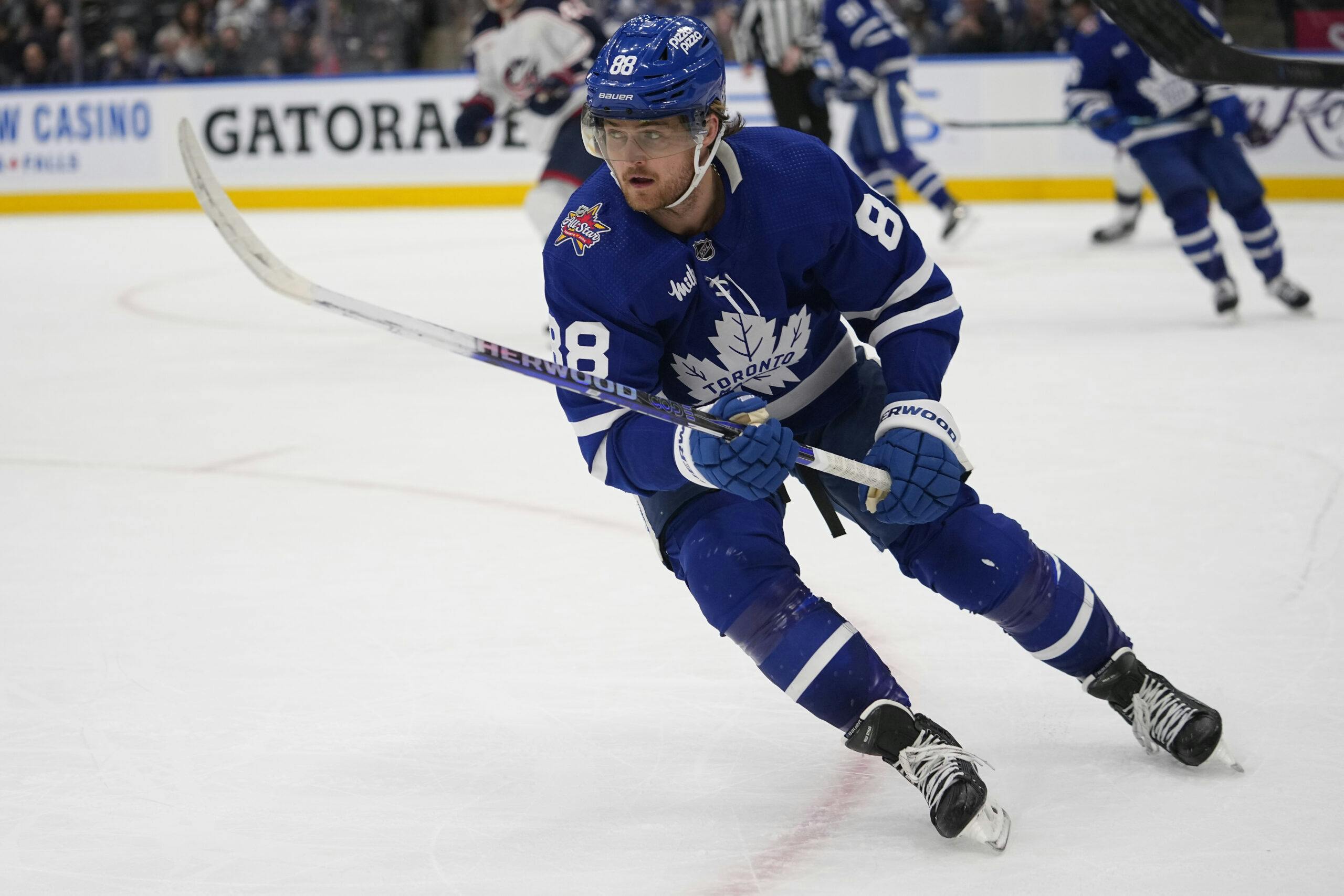William Nylander’s offensive supernova key to spread offence
Photo credit: John E. Sokolowski-USA TODAY Sports
3 months ago
Breaking News
- NHL.com ranks Maple Leafs’ Craig Berube as league’s 12th-best coach
- What does a successful 2024-25 season look like for Matthew Knies?
- Elliotte Friedman on Mitch Marner: ‘He has taken his summer extremely seriously’
- Report: Jake McCabe, Maple Leafs have started preliminary extension discussions
- David Pastrnak’s offensive supernova masks Bruins’ lack of depth scoring
